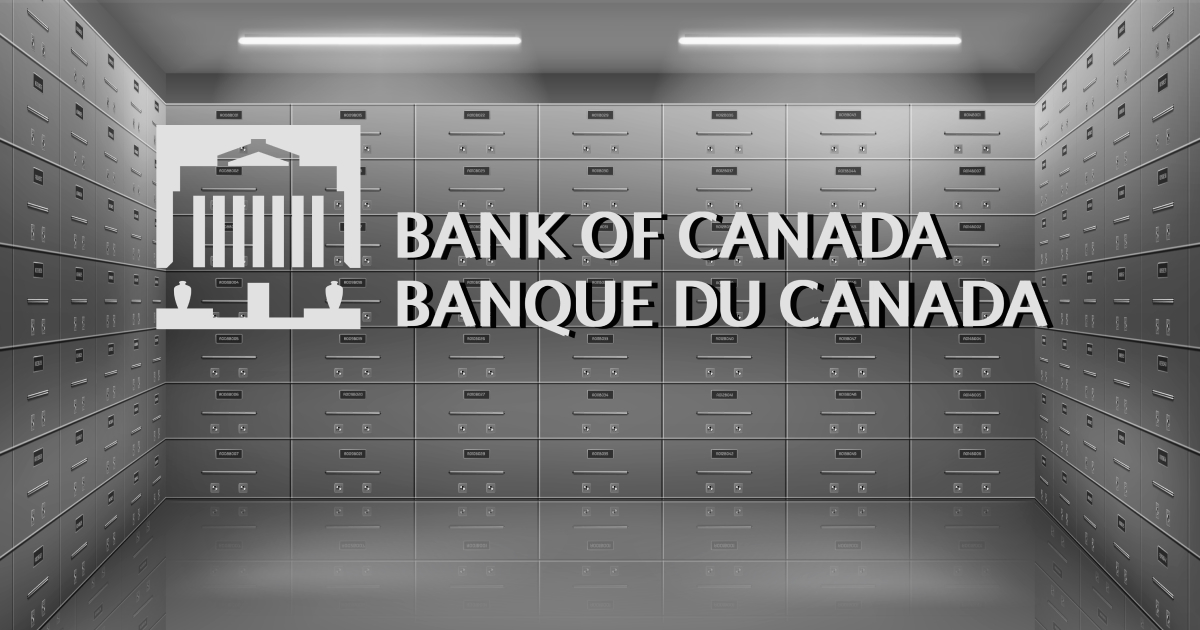Bank of Canada Economic Risk Factors
The Bank of Canada has issued a warning regarding the potential risks posed by elevated levels of debt and asset valuations, signaling areas of concern for the Canadian economy. In its latest assessment, the central bank has underscored the importance of monitoring these factors closely to safeguard financial stability in the country.
Debt Levels Raise Alarm
One of the primary concerns raised by the Bank of Canada is the high levels of debt, both at the federal level and among Canadian households. The accumulation of debt, particularly in the context of low interest rates, has been a longstanding issue, posing challenges to economic resilience and sustainability. The central bank has emphasized the need for prudent fiscal management and responsible borrowing practices to mitigate the risks associated with elevated debt levels.
Asset Valuations Reach Heights
In addition to concerns over debt, the Bank of Canada has also flagged soaring asset valuations as a potential risk factor. The prolonged period of low interest rates and ample liquidity has fueled a surge in asset prices, including real estate and financial assets. While this has contributed to wealth accumulation for some, it has also raised questions about the sustainability of such valuations and the potential for market corrections in the future.
Stability at Stake
The Bank of Canada’s warning regarding debt and asset valuations reflects its broader mandate to maintain financial stability in the country. Excessive debt levels and inflated asset prices can undermine economic resilience and pose systemic risks to the financial system. As such, policymakers are closely monitoring these developments and may take proactive measures to address emerging vulnerabilities.
Call for Prudent Policies
In light of the identified risks, the Bank of Canada has called for prudent policies and measures to mitigate potential threats to stability. This includes efforts to manage debt levels effectively, promote responsible lending practices, and address imbalances in asset markets. Additionally, policymakers may consider adjustments to monetary policy and regulatory frameworks to address evolving risks and vulnerabilities in the financial system.
Conclusion
The Bank of Canada’s acknowledgment of debt and asset valuations as key risks underscores the importance of maintaining financial stability in the Canadian economy. As policymakers navigate the challenges posed by elevated debt levels and inflated asset prices, prudent policies and proactive measures will be essential to safeguarding economic resilience and mitigating systemic risks. By addressing these concerns effectively, Canada can enhance its prospects for sustainable and inclusive growth in the years ahead.




























